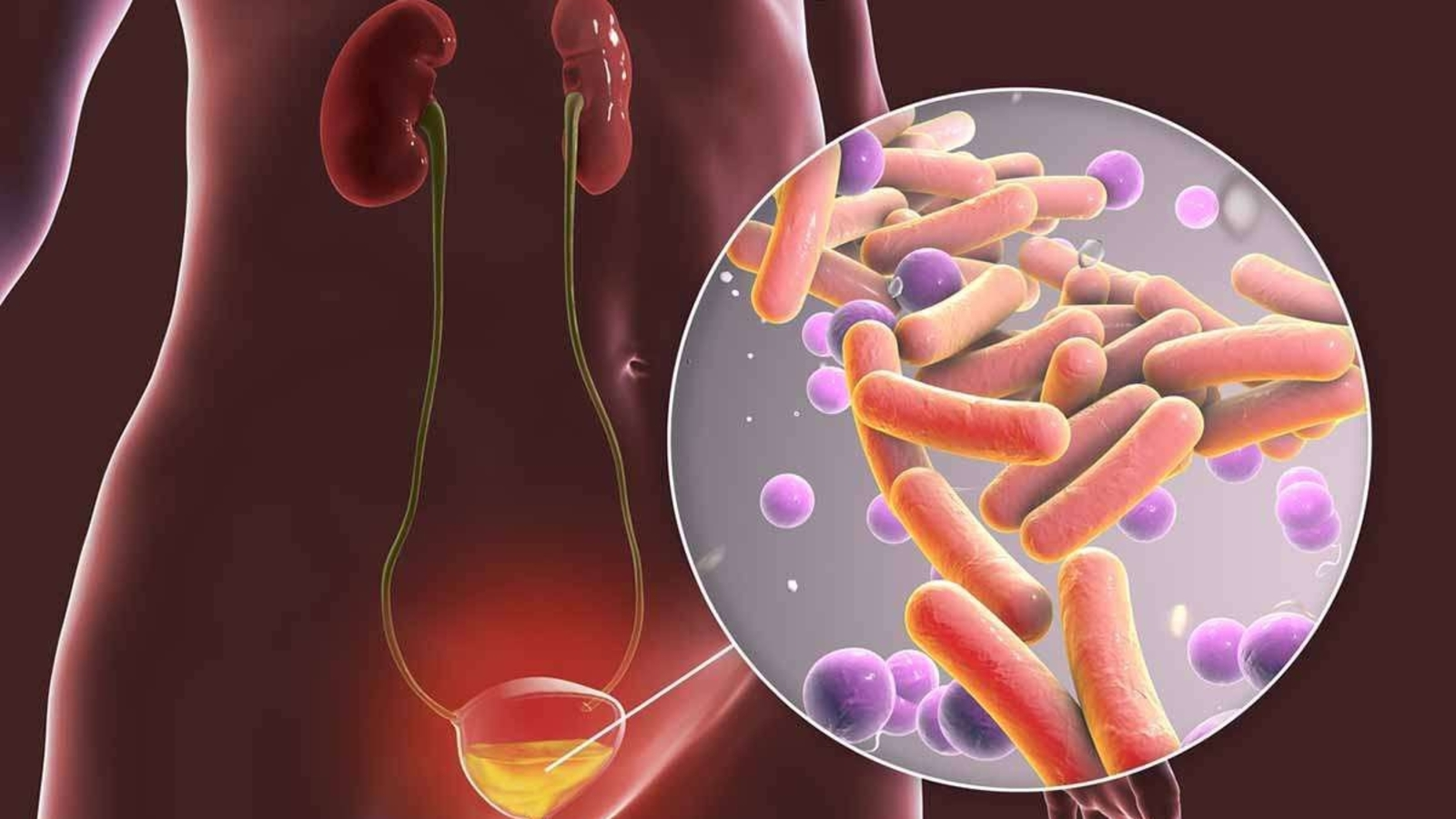Causes of Urinary Tract Infection:
UTIs are typically caused by bacteria entering the urinary tract and multiplying there. Common causes and risk factors include:
Bacterial Entry: Bacteria, such as Escherichia coli (E. coli), which is normally found in the digestive system, can enter the urinary tract and adhere to its lining. E. coli is the most common microorganism responsible for UTIs.
Sexual Activity: Sexual activity can introduce bacteria into the urinary system, making women more susceptible to UTIs. This is particularly relevant for those who use certain contraceptives or have multiple sexual partners.
Anatomy: Women are more prone to UTIs due to their shorter urethras, which provide easier access for bacteria to reach the bladder.
Hormonal Changes: Hormonal imbalances, such as those occurring during certain phases of the menstrual cycle or during pregnancy, can increase the risk of UTIs in women.
Age: Older individuals, especially women after menopause or a hysterectomy, are at higher risk due to changes in urethral and bladder tissues.
Diabetes: People with diabetes are more susceptible to UTIs due to high glucose levels in urine, which promote bacterial growth.
Other Factors: Conditions like urinary retention, kidney stones, and incontinence can increase the risk of UTIs.
Symptoms of UTIs:
Common symptoms of UTIs include:
- Burning sensation during urination
- Frequent and urgent need to urinate, with minimal urine output
- Cloudy, bloody, or foul-smelling urine
- Weakness or fatigue
- Fever or chills (indicating a possible kidney infection)
- Pain in the lower abdomen or sides (flank)
- Prevention Strategies:
Some strategies that may help prevent UTIs include:
- Maintaining good personal hygiene, especially for women, by wiping from front to back after bowel movements.
- Drinking plenty of water to flush out bacteria from the urinary system.
- Urinating before and after sexual activity to eliminate any introduced bacteria.
- Avoiding irritants like alcohol, citrus juices, caffeine, and spicy foods.
- Using alternative birth control methods if diaphragms are associated with UTIs.
- Wearing cotton underwear for moisture control.
- Post-menopausal women may consider vaginal estrogen therapy.
- Cranberry juice is often mentioned but has mixed research results. It may be beneficial for some individuals.

